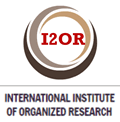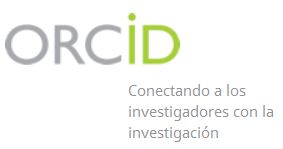Enterococcus isolates in clinical samples
Keywords:
enterococcus/isolation & purification, drug resistance, microbialAbstract
In recent years, the genus Enterococcus has become extremely important as an etiologic agent of nosocomial infections and the acquisition of resistance to many antibiotics. A descriptive, retrospective and longitudinal study was conducted in order to characterize the isolates of Enterococcus in clinical samples grown in the Microbiology Laboratory of the Arnaldo Milian Castro Provincial University Hospital in 2009. To gather the information, the results of laboratory cultures at this stage were reviewed. This search was made in the Record Books of daily work. The isolates that were considered were those that met the following criteria: all lab-grown sample in this period whose result in the culture showed the isolation of Enterococcus and which had undergone a susceptibility study. The universe was formed by 32500 samples, and this organism was isolated in only 31 of them. The 31 cultures that were positive for the genus of interest were separated in number and according to the different categories of body fluids: secretions –18 isolates; urine –four; blood –four; bile –four; and catheter –one. They were predominant in secretions (58.06% of total). Enterococcus faecalis and Enterococcus faecium were the most isolated species. Susceptibility testing showed increased resistance to erythromycin (58.06%) and tetracycline (51.62%) and only one strain of Enterococcus faecium was diagnosed as resistant to vancomycin (3.24% of strains tested).Downloads
Downloads
How to Cite
Issue
Section
License
Authors who have publications with this journal agree to the following terms:
- Authors will retain their copyright and assign to the journal the right of first publication of their work, which will simultaneously be subject to a Creative Commons License / Attribution-Noncommercial 4.0 International (CC BY-NC 4.0) that allows third parties to share the work as long as its author and first publication in this journal are indicated.
- Authors may adopt other non-exclusive license agreements for distribution of the published version of the work (e.g., depositing it in an institutional repository or publishing it in a monographic volume) as long as the initial publication in this journal is indicated.
- Authors are allowed and encouraged to disseminate their work through the Internet (e.g., in institutional telematic archives or on their web page) before and during the submission process, which can produce interesting exchanges and increase citations of the published work. (See The effect of open access).





 december 15 2025
december 15 2025


